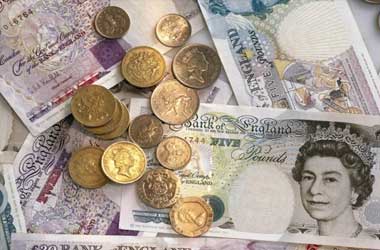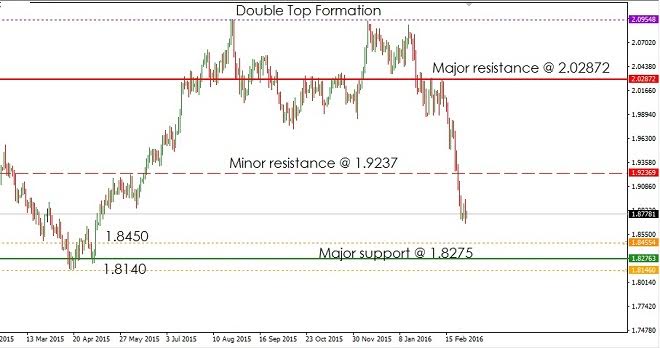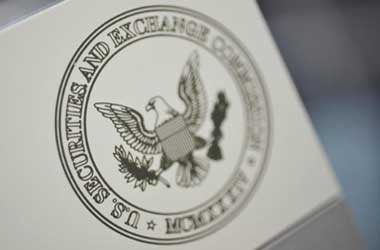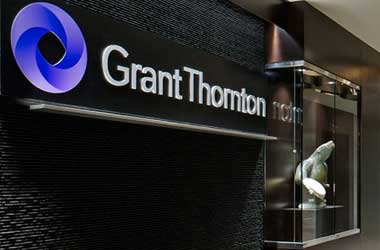 The GBPCAD pair lost more than 1000 pips in the past two weeks to touch a low of 1.8662 on Tuesday.
The GBPCAD pair lost more than 1000 pips in the past two weeks to touch a low of 1.8662 on Tuesday.
The well known reason for the decline was the possibility of a ‘Brexit’ (Britain exit) from the European Union (EU) and the potential long-term negative impact it will have on the economies of both Britain and the countries in the EU. There are also other factors, which continue to fuel the decline of the GBPCAD pair.
Firstly, the exchange rate of the Canadian dollar is closely correlated to the price of crude oil.
The price of crude oil seems to have stabilized above $30 level, at least as of now. The recovery supports strengthening of the Canadian dollar against the Greenback and other major currencies, including the British Pound.
Secondly, the Canadian economic data continue to outperform expectations of analysts. The current account deficit for the fourth-quarter of fiscal 2015 was C$15.38 billion. The analysts’ estimate was a shortfall of C$16.8 billion. Similarly, as per the data released on Tuesday, the GDP of Canada increased 0.2% in December, compared to the previous month. The consensus estimate of analysts was a modest growth of 0.1%.
On the other hand, the UK economic data remain flat or below the consensus of analysts. The M4 money (a measure of notes and coins in circulation) supply increased to a seasonally adjusted 0% from -0.2% in the preceding quarter. However, it still fell short of analysts’ expectations of 0.3% for the previous quarter. Likewise, the February 2016 manufacturing PMI (Markit/CIPS) reading stood at 50.8 against the analysts’ expectation of 52.2. The data reflect weakness in the domestic manufacturing sector.
Finally, when the US raised interest rates in December, the Bank of England (BoE) was expected to follow suit. However, it never happened as the BoE was worried about the weak economic data. In fact, the market now expects the BoE to raise interest rates only in early 2017. The current low interest rate of 0.5% makes Sterling less attractive to investors. China is also the fourth largest importer of goods manufactured in the UK.
The Chinese economic slowdown has considerably hit the UK export sector and therefore the investors are shying away from betting on a Pound recovery.
Technically, as shown in the image below, the GBPCAD currency pair has minor and major resistance at 1.9237 and 2.0287.

The currency pair also formed a double top, which would normally lead the price to the same zone where the uptrend originated (between 1.8150 and 1.8450). The currency pair has major support at 1.8276.
Thus, a forex trader can take a short position in the GBPCAD pair at the current price (1.8780) with a stop loss above 1.9004. The target for the short position is 1.8380. The risk to reward ratio for the trade is 1:2. In the case of a binary options trader, a one touch put option contract can be purchased with March end expiry. The suggested strike price for the one touch put option contract is 1.8500.




